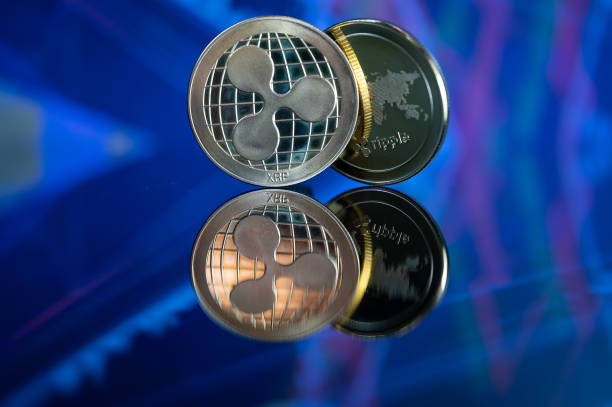Key Takeaways
How does Fusaka affect validators, network participation?
The upgrade reduces the data load for validators, enabling home users to secure the network without expensive hardware or high-speed internet.
What impact will Fusaka have on transaction processing?
Fusaka triples gas limits from 45 million to 150 million per block, allowing more transactions per block and supporting higher throughput.
Ethereum [ETH] is gearing up for its next major upgrade, Fusaka, following the successful Pectra rollout.
Designed to make the network faster, cheaper, and more accessible, Fusaka introduces innovations like PeerDAS. It will allow nodes to share data, instead of each downloading everything.
By significantly reducing the data load required for validators, it will allow individuals to participate in network security from home without needing costly enterprise-grade hardware or ultra-fast internet connections.
Set to launch by the end of 2025, the upgrade could boost scalability, adoption, and even spark renewed optimism in Ethereum’s price trajectory.
Impact of Fusaka upgrade on Ethereum
Fusaka will also introduce a more sophisticated node architecture – One wherein supernodes take on the full transactional load, regular stakers manage moderate workloads, and light nodes handle minimal duties.
This division of labor would enable Ethereum to process a much larger volume of transactions and “blobs” (data chunks) without overloading the network, ensuring both resilience and efficiency.
In fact, early testing suggests that even as data volumes continue to rise, validator bandwidth remains within manageable limits. This creates room for Layer-2 rollups, a growing user base, and increasingly complex decentralized applications.
Additionally, the update also triples gas limits from 45 million to 150 million per block. All while increasing transaction capacity and helping Ethereum compete with faster networks like Solana. Especially since the latter leads in throughput and low latency.
Beyond technical improvements, Fusaka will also promote a healthier, more inclusive ecosystem by lowering barriers to entry, allowing greater participation, and supporting long-term sustainability.
Impact on ETH’s price action
In essence, this upgrade will position Ethereum to grow in capacity and adoption while remaining credibly neutral, faster, and more democratic.
At the time of writing, Ethereum was trading at $4,341, following a minor decline of 1% in the last 24 hours and losses of 3.26% over the week. Now, if ETH breaks decisively above $5,000, the network could be positioned for a major price surge, with the altcoin possibly reaching $10,000 this cycle.
And yet, the RSI lying below the neutral level seemed to imply that bulls need to do more work to dominate the bears.
All these hints mean that the network’s upcoming Fusaka upgrade could be a game-changer, potentially fueling renewed bullish momentum.










